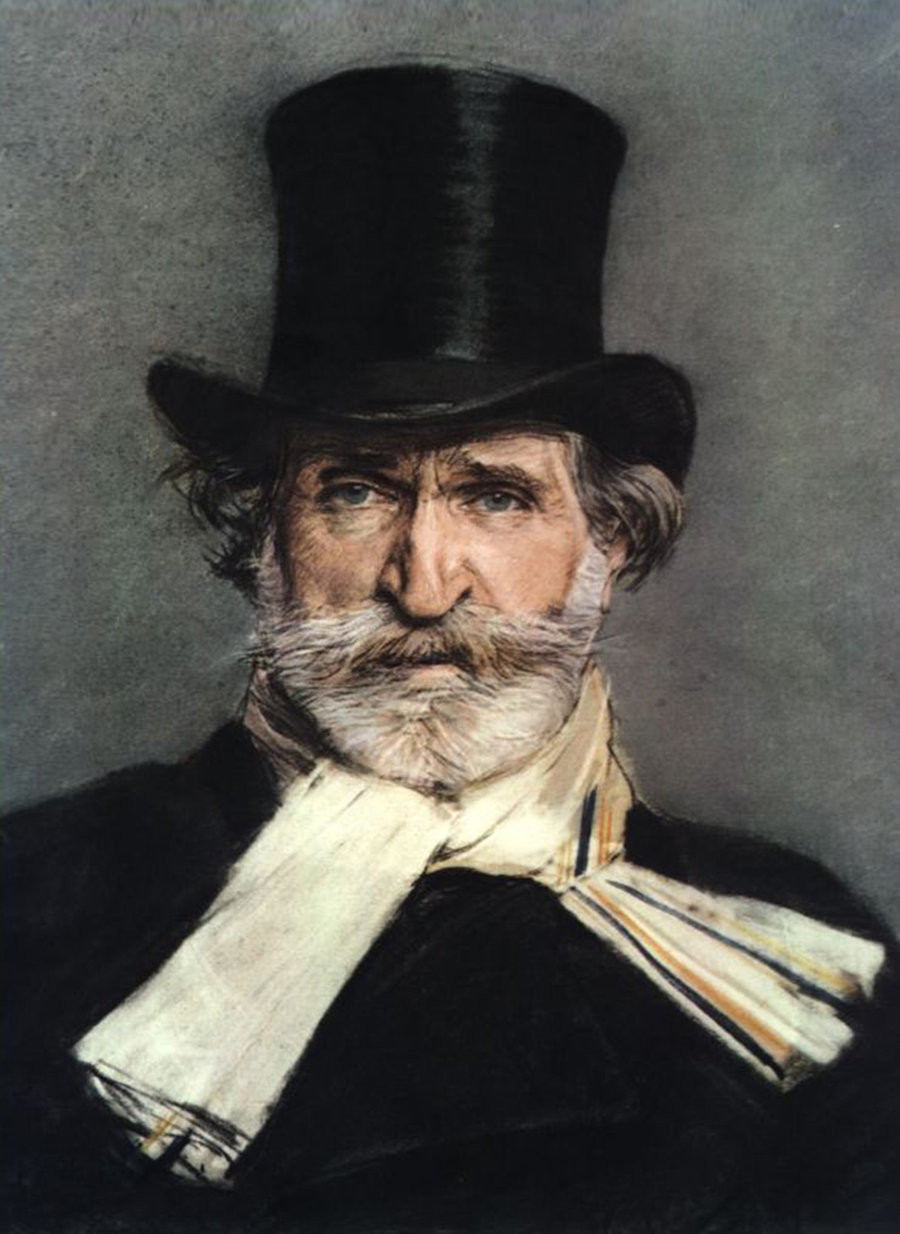© 2021 All Rights Reserved. Don’t distribute or repurpose this work with out written permission from the copyright holder(s).
© 2021 All Rights Reserved. Don’t distribute or repurpose this work with out written permission from the copyright holder(s).
Printed from https://www.damninteresting.com/curio/a-taste-of-italy/

Within the mid-1800s, Italy was consumed by two parallel fights: one to rid itself of Austrian domination (a holdover from the Holy Roman Empire) and the opposite for unification. On the time, Europe’s boot was a curious conglomeration of separate states, not all of which bought alongside. Some have been dominated by foreigners. One massive part was dominated by the Pope, which Italians (who had been uncovered to the secularist beliefs of the French Revolution when Bonaparte invaded) have been understandably none too eager on.
The Austrians, being as imperialistic as is perhaps anticipated for an empire, reacted poorly to all this rabble-rousing and upheaval, and instituted a rule of agency Germanic self-discipline. Riots have been put down, folks have been shot and infrequently tortured, and so forth; the routine work of holding an unruly oppressed inhabitants instead.
As all of this was occurring, curious graffiti started to spring up all through Italy—graffiti which may not be fully sudden within the land that invented opera, however nonetheless uncommon: massive letters studying, ‘VIVA VERDI!’
Giuseppe Verdi was the brand new large factor in opera, immensely common, not least due to his rousing patriotic choruses that have been taken to coronary heart by the revolutionaries. However this particular graffiti turned so frequent that Austrian officers questioned whether or not this outpouring of musical enthusiasm was in a roundabout way subversive; in any case, Austrians didn’t go round scrawling ‘Heil Schubert’ on the partitions.
The Austrians have been proper to surprise—as a result of the truth is this graffiti had little to do with music. ‘Verdi’ was an acronym for ‘Vittorio Emmanuele, Rè d’Italia’—Emmanuele being the king of Piedmont, and chief candidate for king of a united Italy. The graffiti was shorthand for ‘Lengthy stay Victor-Emmanuel, King of Italy’. Victor-Emmanuel ultimately did turn out to be king, thanks primarily to the machinations of his prime minister, an opera-loving gentleman by the title of Cavour.
By the way, Cavour, who had lengthy been manoeuvering for a struggle with Austria, was so delighted when one was declared that he startled passers-by as he rushed to his workplace window and belted out Verdi’s aria ‘Di quella pira’ from Il Trovatore. Because the aria is likely one of the biggest take a look at items for any tenor, one can solely hope that Cavour had a effective voice.
The notoriously grumpy Verdi, who absolutely supported the goals of those that had used his title for propaganda, turned a deputy for the brand new Italian parliament when it was shaped, however merely voted as he was informed earlier than giving up in disgust and returning to his farm—the place, to the top of his days, whereas producing attractive and dramatic music, he sullenly insisted on giving his occupation as ‘Farmer’ on each census.
© 2021 All Rights Reserved. Don’t distribute or repurpose this work with out written permission from the copyright holder(s).
Printed from https://www.damninteresting.com/curio/a-taste-of-italy/
Because you loved our work sufficient to print it out, and skim it clear to the top, would you contemplate donating just a few {dollars} at https://www.damninteresting.com/donate ?

